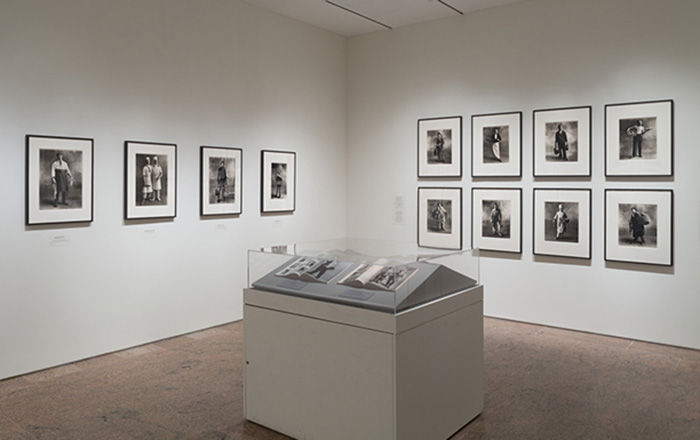Oberdielfer Strasse 14, Oberdielfen
Bernd and Hilla Becher German
Bernd Becher German
Hilla Becher German
Not on view
Although the façades of framework houses in the Siegen industrial region uncannily recall the gridded surfaces of modernist paintings by Mondrian, their distinctive look was actually borne from economic necessity: by law, wood from nearby forestland was to be saved to make charcoal for the production of iron, and the use of timber was restricted to basic structural, rather than ornamental, purposes. The immigrant workers often built their houses themselves from parts cut and fitted together by carpenters, and thus they constitute a kind of domestic equivalent of the "form-from-function" appearance of the preparation plants in which they worked.
For Bernd Becher, whose ancestors included iron workers from Siegen, the framework houses exerted an atavistic pull, "a real extension of childhood," and were among the earliest subjects that he photographed with his wife and lifelong collaborator, Hilla Becher. Photographed head on and against a gray blank sky, this pair of façades shows the Bechers' style in embryonic form: meaning is achieved through comparative examination of similar forms-a deliberately neutral, Conceptually-oriented approach derived in equal measure from industrial photographers of the late nineteenth century and New Objectivity photographers of the 1920s such as August Sander, Albert Renger-Patzsch, and Karl Blossfeldt.
This image cannot be enlarged, viewed at full screen, or downloaded.
